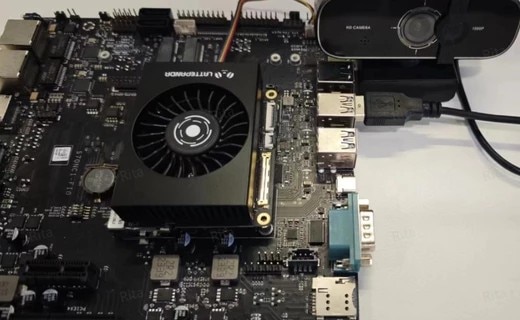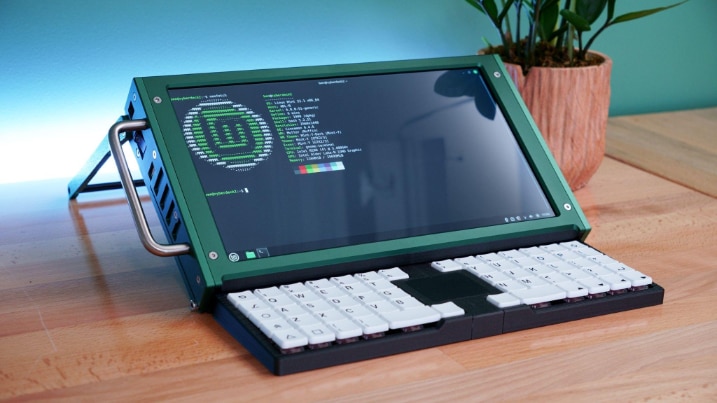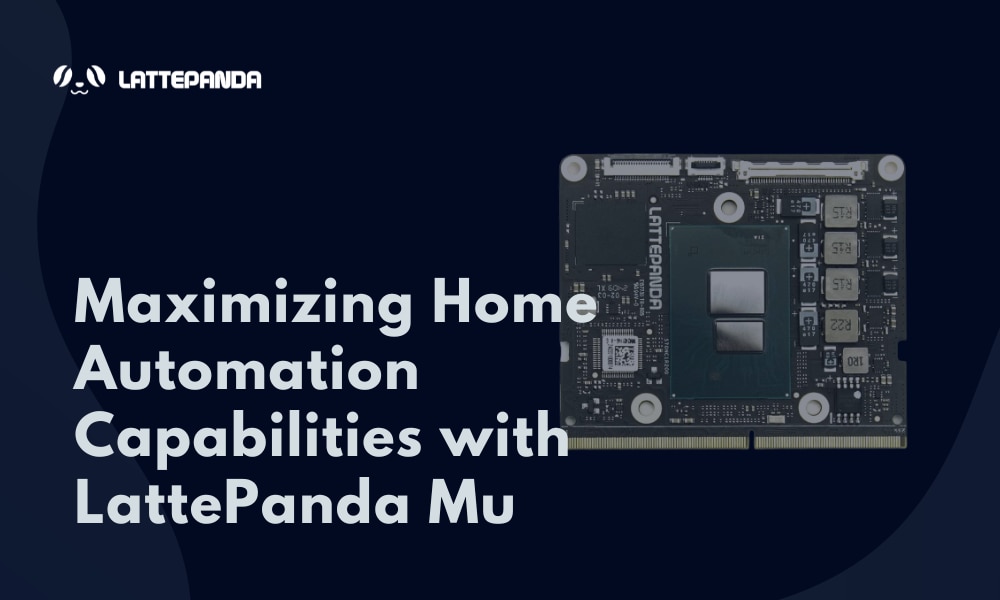Orders are typically delivered to Hong Kong within 3-4 days depending on location.
Free delivery to Hong Kong on orders of HK$330 or more. A delivery charge of HK$125 will be billed on all orders less than HK$330.
UPS, FedEx or DHL freight pre-paid: CPT (Duty, customs, and taxes due at time of delivery)
Credit account for qualified institutions and businesses
Payment in Advance by Wire Transfer
![]()
![]()
![]()
![]()


More Products From Fully Authorized Partners
Average Time to Ship 1-3 Days, extra ship charges may apply. Please see product page, cart, and checkout for actual ship speed.
Incoterms: CPT (Duty, customs, and applicable VAT/Tax due at time of delivery)
For more information visit Help & Support
In fast-paced computer vision, models advance to boost accuracy, speed, or both. YOLO11 (from YOLOv8) improves, benchmarked on LattePanda MU x86 SBC for detection, segmentation, pose estimation. OpenVINO shows its efficiency/speed, suitable for this device.
In the era of intelligent computing, popular SBCs and key SLMs are analyzed here. We examine SLMs (mathstral, phi 3, etc.) on Lattepanda Mu x86 (Ubuntu 22.04), comparing speed, size, licenses, frameworks to aid developers.
This article introduces the use of DFRobot's latest micro x86 computing module,LattePanda Mu,to run YOLOv8 with acceleration by OpenVINO,achieving efficient and accurate object detection while addressing the issues of large size and inconvenience associated with traditional high-performance computer
Discover a stunning custom-built cyberdeck powered by the LattePanda Mu, featuring a slide-out mechanical keyboard, dual-boot Linux Mint and Windows 11, and a CNC-machined aluminum case. Designed by a U.S.-based web designer, this futuristic project showcases the power of modular computing and creative hardware design.
This article introduces an AI-driven smart home project developed by Intel engineer Oliver Hamilton using the LattePanda Mu development board. By integrating computer vision and edge computing technologies, the system automates home lighting control through human pose recognition. The project leverages Intel Geti for model training, OpenVINO for low-power inference on the ARM-based LattePanda Mu, and MQTT combined with Node-RED to orchestrate smart lighting (Lifx/Hue) based on user status (e.g., "at desk" or "away"). The solution addresses key smart home challenges by minimizing manual intervention and optimizing energy consumption, demonstrating the potential of compact, high-performance hardware in creating responsive AI-driven living spaces
Co-Browse
By using the Co-Browse feature, you are agreeing to allow a support representative from DigiKey to view your browser remotely. When the Co-Browse window opens, give the session ID that is located in the toolbar to the representative.
DigiKey respects your right to privacy. For more information please see our Privacy Notice and Cookie Notice.
Yes, Continue to Co-BrowseGet fast and accurate answers from DigiKey's Technicians and Experienced Engineers on our TechForum.
Please visit the Help & Support area of our website to find information regarding ordering, shipping, delivery and more.
Registered users can track orders from their account dropdown, or click here. *Order Status may take 12 hours to update after initial order is placed.
Users can begin the returns process by starting with our Returns Page.
Quotes can be created by registered users in myLists.
Visit the Registration Page and enter the required information. You will receive an email confirmation when your registration is complete.
Orders are typically delivered to Hong Kong within 3-4 days depending on location.
Free delivery to Hong Kong on orders of HK$330 or more. A delivery charge of HK$125 will be billed on all orders less than HK$330.
UPS, FedEx or DHL freight pre-paid: CPT (Duty, customs, and taxes due at time of delivery)
Credit account for qualified institutions and businesses
Payment in Advance by Wire Transfer
![]()
![]()
![]()
![]()


More Products From Fully Authorized Partners
Average Time to Ship 1-3 Days, extra ship charges may apply. Please see product page, cart, and checkout for actual ship speed.
Incoterms: CPT (Duty, customs, and applicable VAT/Tax due at time of delivery)
For more information visit Help & Support
Thank you!
Keep an eye on your inbox for news and updates from DigiKey!
Please enter an email address





